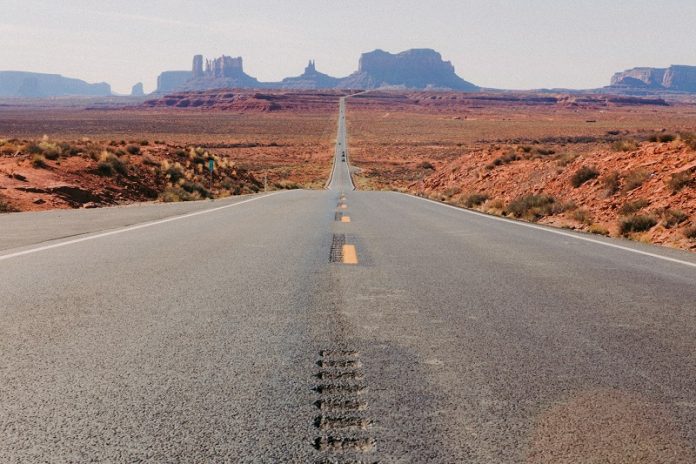
The partial collapse of a roadway in Wyoming as a result of a landslide that occurred over the weekend raises serious questions about the state of the nation’s infrastructure—echoing concerns aired recently over a range of issues, from frequent water main breaks to the Baltimore bridge collapse in March.
The Teton Pass is a critical link between Victor, Idaho, and Jackson, Wyoming.
There’s no timeline for the reopening, which could take “weeks to months,” says Daniel Aldrich, director of Northeastern University’s Security and Resilience Program and co-director at the Global Resilience Institute.
Aldrich, who studies resilience and preparedness, says the incident illustrates just how vulnerable the nation’s roadways are to potential catastrophe.
“The Teton Pass roadway is one of the few roads connecting these hard-to-reach areas, and for those trying to get to hospitals—this could be one of the only roads possible,” he says.
“We don’t recognize how important these systems are until there is a major issue. We assume the roads are going to work; we assume the bridges are going to work—until they don’t.”
Craig Shillaber, an associate teaching professor of civil and environmental engineering at Northeastern University, says that slope failures, or landslides, typically occur “when the shear stress imposed by a loading condition exceeds the shear strength of the foundation soil.”
“These failures don’t happen everywhere. The conditions have to be right,” Shillaber says. “For example, you need a road on top of a slope, and then the slope must have a loading that exceeds the shear strength of the foundation soil.
That typically happens as a result of changes in water conditions, such as groundwater levels rising higher than anticipated.”
Shillaber adds that sometimes a slope failure is the result of a failure to identify a weak soil layer in the subsurface. “We hear about these types of failures along California’s coastal Highway 1, for example, with some frequency,” he says.
Much has been said about the state of the nation’s infrastructure. The American Society of Civil Engineers estimates that in the U.S., a water main breaks roughly every two minutes.
In 2021, the Society gave the U.S. infrastructure a grade of C-, up from of the D range in which it had sat for nearly two decades. (Transit by itself, however, earned an abysmal D-.)
“Growing wear and tear on our nation’s roads has left 43% of our public roadways in poor or mediocre condition, a number that has remained stagnant over the past several years,” the American Society of Civil Engineers said in its last report card.
The society assesses the nation’s infrastructure every four years.
“We know, generally speaking, that the U.S.”s physical infrastructure isn’t graded well by professionals,” Aldrich says. “If this road collapsed, it’s very likely that there are other roads that could collapse like this too.”
He says that elsewhere in the industrialized world, infrastructure “is clearly a higher priority.” In Europe, the Netherlands, Switzerland and Germany lead the way; in Asia, Japan and Singapore consistently outperform their neighbors.
From aviation to bridges, roads and rail systems, the U.S. lags behind other advanced economies in terms of “infrastructure quality and spending,” according to the Council on Foreign Relations.
Written by Tanner Stening, Northeastern University.



